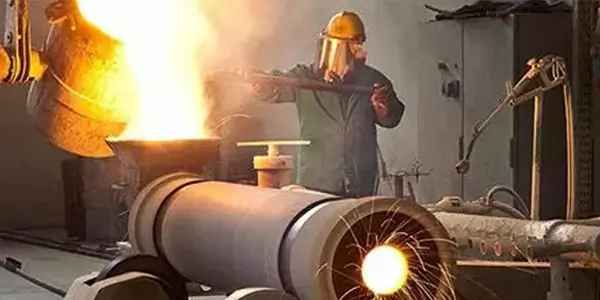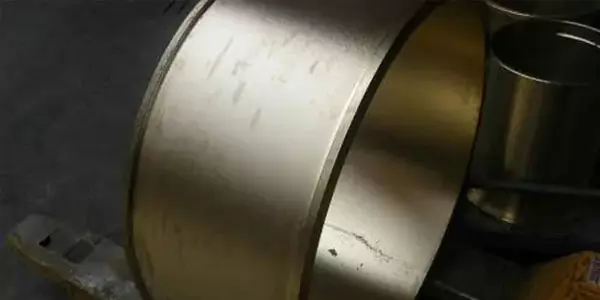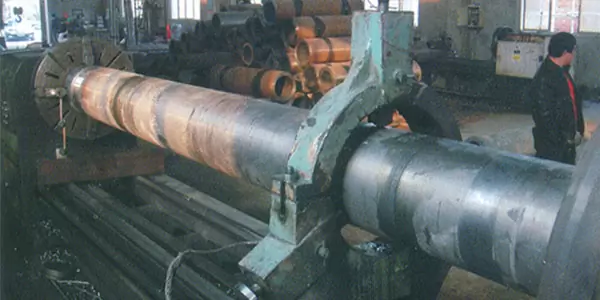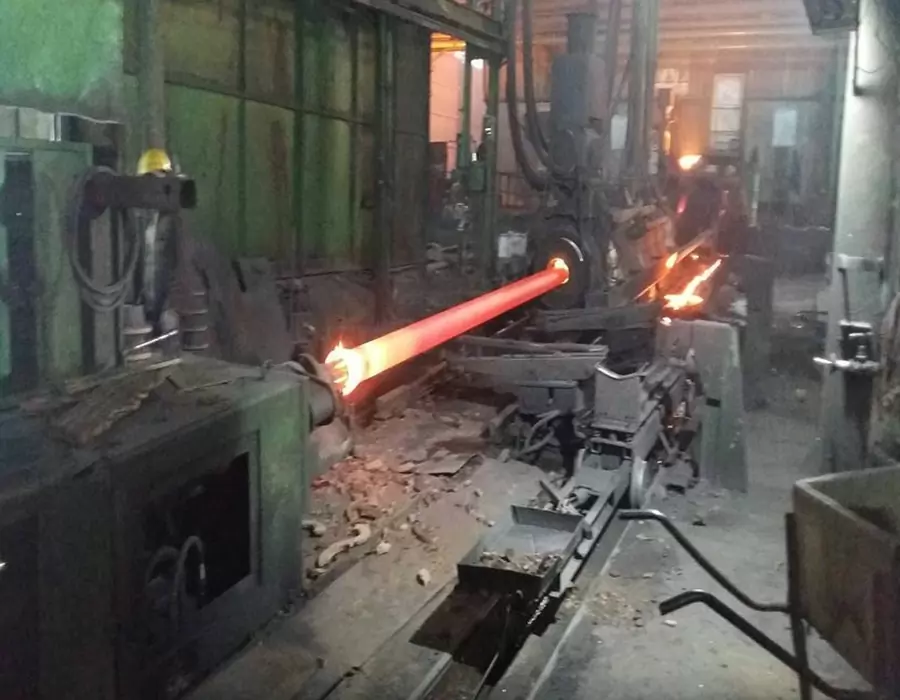
Centrifugal Casting
Centrifugal casting (or “rotocasting”) constitutes a highly specialized form of casting.Fabricators rely upon centrifugal forces to disperse molten metal evenly through the mold. This results in the generation of finely grained, densely compacted metal workpieces.
>>>All uploaded drawings are strictly confidential, check the confidentiality agreement
What Is Centrifugal Casting – Centrifugal Casting Define

Centrifugal Casting is a technique and method of injecting liquid metal into a high-speed rotating mold, so that the liquid metal is centrifugal motion to fill the mold and form a casting. Due to the centrifugal movement, the liquid metal can fill the mold well in the radial direction and form the free surface of the casting; the cylindrical inner hole can be obtained without the core; it is helpful to eliminate the gas and inclusions in the liquid metal; it affects the metal The crystallization process improves the mechanical and physical properties of the casting.
According to the spatial position of the rotation axis of the mold, common centrifugal casting can be divided into horizontal centrifugal casting and vertical centrifugal casting. Centrifugal casting when the rotation axis of the mold is in a horizontal state or when the angle with the horizontal line is small (4°) is called horizontal centrifugal casting. Centrifugal casting when the rotation axis of the mold is in a vertical state is called vertical centrifugal casting. Centrifugal casting in which the rotation axis of the mold has a large angle with the horizontal and vertical lines is called inclined axis centrifugal casting, but it is rarely used.
Centrifugal forces help spread the molten material evenly. The metal cools as the mold continues to spin. Manufacturers may choose to maintain a constant high temperature for a specified period of time through the selective use of coolants. After the molten metal solidifies and cools, the manufacturer pulls the workpiece from the mold, e.g. with the assistance of a pipe puller. Today many high volume production environments completely automate the centrifugal casting process.
Centrifugal Casting Services Company – Superior Centrifugal Casting Parts Manufacturer
Are you considering a cost-effective centrifugal casting project? Working with Be-cu – a specialty centrifugal casting services supplier is the right choice. With over 30 years of experience in metal casting and mold making, we are capable to assist our customers including engineers and designers to bring their centrifugal casting design to a real product that meets or exceeds their expectations, while maintaining the economy of the casting supplies at the same time. Advanced manufacturing equipment and measuring devices are fully equipped at our casting foundry to enable us to always supply high-quality centrifugal casting parts, metal molds, and casts with competitive prices, innovative design, flexible service, quality assurance, and short delivery time. Our professional technicians and operators will seriously complete each step throughout the production and testing process, to ensure each centrifugal casting product functions normally and can last a long time.
Different Types Production Scenario Of Centrifugal Casting
Be-cu always adheres to the customer’s requirements and the company’s service standards. In any link of mold design, mold assembly, mold debugging, mold trial production, casting process, etc., there are dedicated engineers to keep you on the phone;

The Scenario Of Manufacturing Centrifugal Casting1

The Scenario Of Manufacturing Centrifugal Casting2

The Scenario Of Manufacturing Centrifugal Casting3

The Scenario Of Manufacturing Centrifugal Casting4

The Scenario Of Manufacturing Centrifugal Casting5
The Application Field Of Centrifugal Casting
Centrifugal casting was first used to produce cast pipes, and then this process has been rapidly developed. At home and abroad, the centrifugal casting process is used in metallurgy, mining, transportation, irrigation and drainage machinery, aviation, national defense, automobile and other industries to produce steel, iron and non-ferrous carbon alloy castings. Among them, the production of castings such as centrifugal cast iron pipes, internal combustion engine cylinder liners and shaft sleeves is the most common. For some forming tools and gear castings, centrifugal force pouring can also be used for the molten mold shell, which can not only improve the accuracy of the casting, but also improve the mechanical properties of the casting.
- Bimetal cast iron roll;
- Heat-resistant steel roller table at the bottom of the heating furnace;
- Special steel seamless steel pipe;
- Brake drum, piston ring blank, copper alloy worm wheel;
- Special-shaped castings such as impellers, metal dentures, gold and silver mesons, small valves and cast aluminum motor rotors.
- Iron pipe: Nearly 1/2 of the total annual output of ductile iron in the world is iron pipe produced by centrifugal casting
- Cylinder liners of diesel engines and gasoline engines
- Various types of steel sleeves and steel pipes
- Bimetallic steel back copper sleeve, bearing bushes of various alloys
- Paper machine drum

